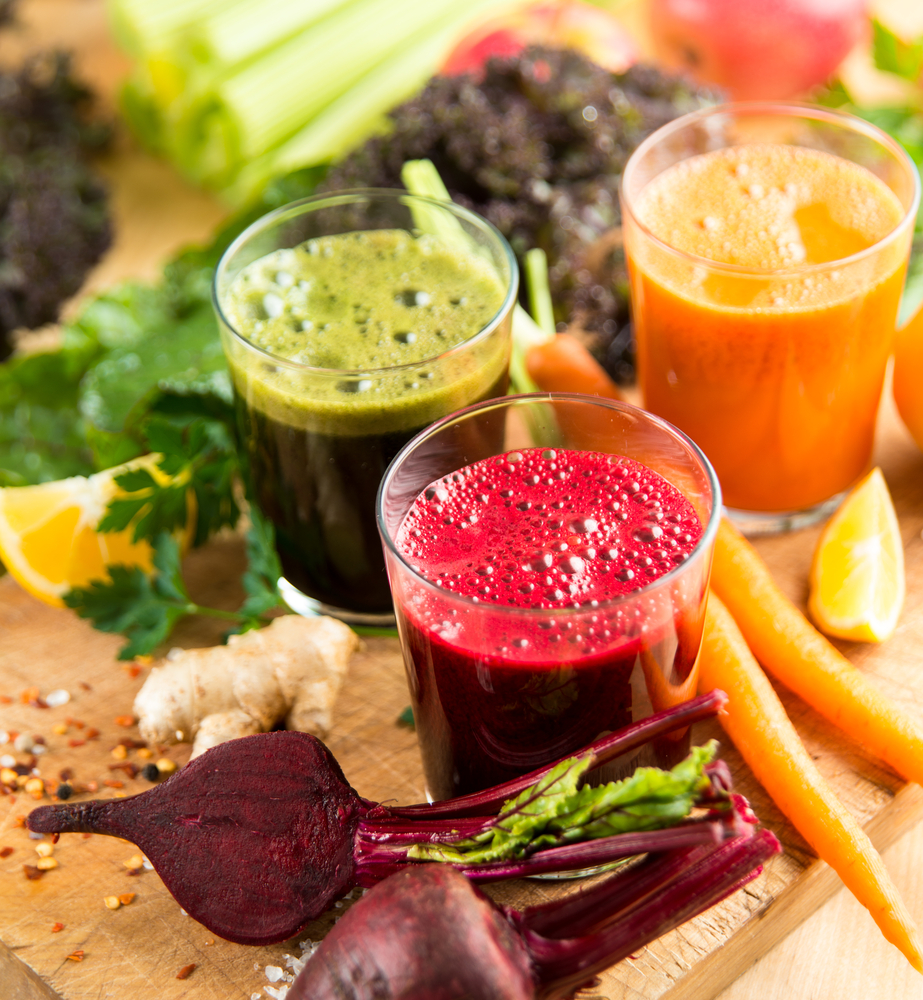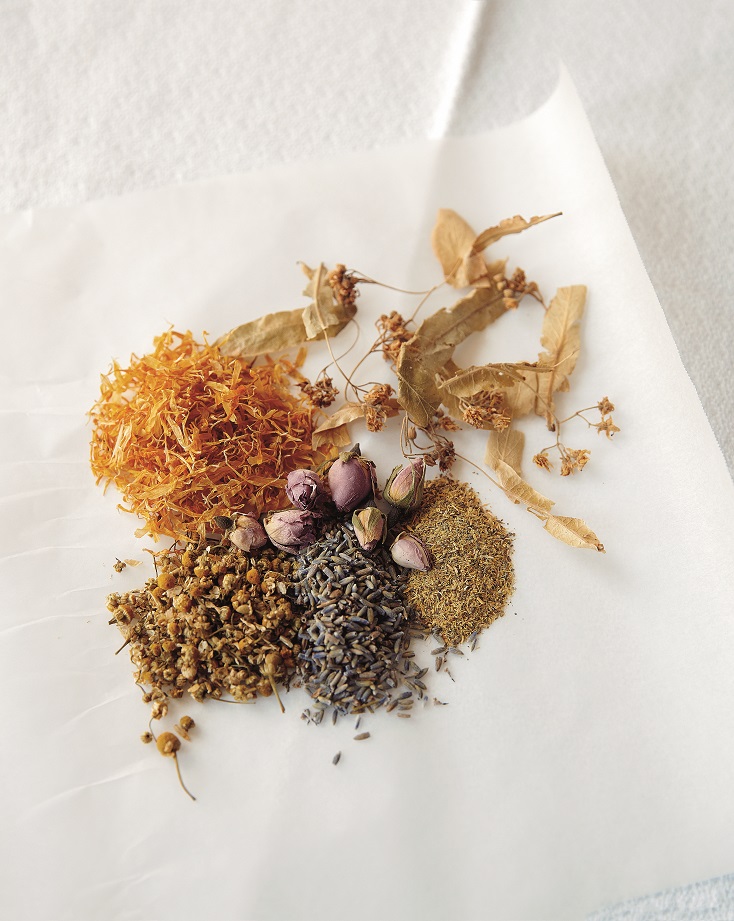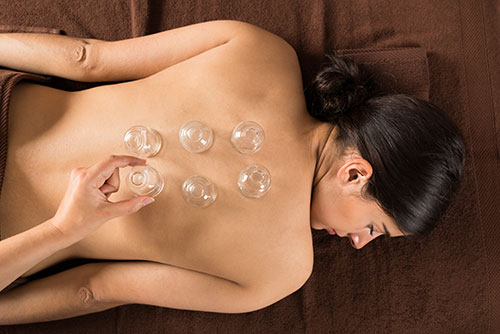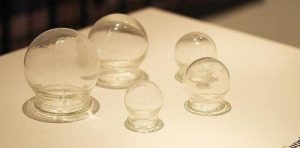If you’ve suffered from migraines in the past, then the chances are you’ve been willing to try just about anything to get rid of the pain in your head that seems to radiate throughout your entire body. Migraines can happen at almost any time, to anyone, and seemingly without warning, leaving us searching desperately for relief when we struggle to move, or even open our eyes!
Fortunately, it may be worth learning that juicing is effective at far more than just helping you to lose weight. Indeed, many people find that migraines and headaches are triggered by the presence of foreign toxins in their body. Therefore, clearing out their system with fresh combinations of fruit and vegetables can be the perfect way to reduce the pain.
Since you probably won’t have the energy to prepare an entire meal of fresh produce when you’re suffering from a migraine headache, the best option might be to blend a juice instead!
Following, we will take a look at some of the important things to know about migraine headaches and juicing, and why making changes to your diet with regular juicing practices might be able to help!
The Science Behind Migraines and Juicing
High doses of magnesium have been proven to be effective at preventing migraines, and many people have found that people who suffer from headaches regularly would often benefit from increasing their intake of magnesium on a daily basis. Commonly, we can find magnesium in dark green vegetables like Kale, Spinach, and Swiss Chard
One of the most effective methods that most people use when suffering from a migraine is to relieve the pain by drinking as much water as possible, as quickly as possible. Most of the time, a headache can signal that you are dehydrated, or that your body needs additional rest. What’s more, if you suffer from migraines on a regular basis, you might find that it’s effective to eliminate certain foods from your diet that might worsen your condition, such as sugars, dairy products like cheese, and nuts that contain tyramine – a substance that is frequently cited as being a migraine trigger. Additionally, you should aim to cut down on tobacco, caffeine, and alcohol too!
Green Juicing for Migraines
Most of the time, since migraines are often helped by high doses of calcium, magnesium, and omega-3, it’s a good idea opt for juices that have a primarily green base. This means that juices that are heavy in kale and romaine lettuce could be a great solution. If you’re prone to attacks of headaches, getting more green leafy vegetables into your system could be the perfect way to reduce your chances of pain and discomfort.
Additionally, as we mentioned above, hydration is an important part of reducing headache instances. If you drink juices that come from fruits and vegetables that are rich in water and hydration-based minerals, like celery, watermelon, butter gourd, cucumber, and other melons, you will find that you get fewer headaches – and a delicious morning beverage too! Pineapple can also be useful for headache sufferers, because it’s an effective anti-inflammatory. However, you should be cautious with how much pineapple you use, as this fruit is particularly rich in sugars.
When creating your juices, remember that you should also be looking for ingredients that will help to detoxify your body and clear out any chemicals or free radicals that could be altering your natural state. Watercress, wheatgrass and beetroot are all excellent for this, and you can also achieve fantastic results with a healthy dose of lemon too! Just remember that all of these detoxifying foods are very potent, so you will need to mix them with caution if you’re not fond of the flavor.
Migraine Juicing Combinations to Try
Just a few of the simple migraine juices that you can try the next time you suffer from a headache, or to prevent a headache from occurring in the first place include:
2 apples, 2 carrots, 1 bunch of watercress and half a lemon
2 green apples, 1 cucumber, one half of a lemon, and a bunch of spinach
1 quarter of a watermelon, one half of a lemon and a thumb of ginger
2 medium sized beetroots, 1 cucumber and a half a lemon
1 cucumber, 1 fennel, 8 leaves of kale, half a pineapple and a quarter of a lemon





